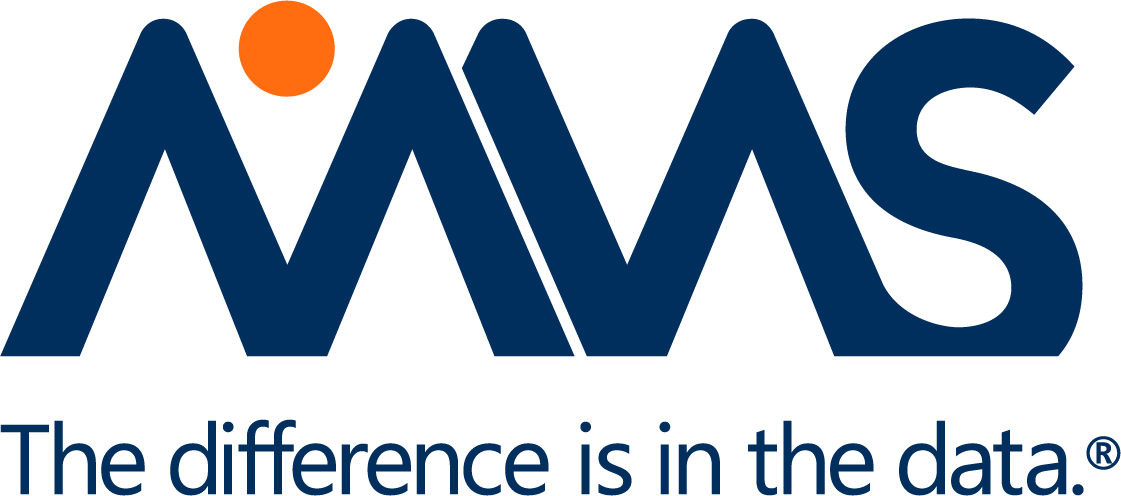As Stephen Covey said, “begin with the end in mind.”
Drug product label requirements
Drug product labeling takes several forms depending on the regional requirements and the prescribing status of a medicine. For instance, this may include the United States Prescribing Information (USPI) or the Summary of Product Characteristics (SmPC) and Patient Information Leaflets (PIL) used by the EMA.
Each of these has specific requirements based on the legislation and guidance of the applicable regions.
Carefully interpreting the clinical data into labeling language is a monumental task. Unfortunately, a drug’s reach and the return on investment may be limited by inadequate forethought and planning, resulting in noncompliance and relabelling, as well as wasted effort if applications are denied or authorization is delayed.
Planning ahead for drug product labeling
When thinking about drug product labeling, the first step would ideally be to develop a Target Product Profile (TPP) that answers (or at least proposes possible answers to) the following questions:
- Who is the product for?
- What does the product do, is it a treatment for a condition, or does it manage or diagnose symptoms?
- What is the pharmacological profile, what is the best dose, and how often does it need to be administered?
- How can the efficacy be best described or quantified?
- What is the safety profile, and is that consistent across all patient groups?
In answering these questions, the building blocks of a new drug product label are created. Although it can seem time–consuming in early development to be thinking about what the finished product labeling will look like, all of the wording in a product label must be supported by evidence.
The TPP forms a baseline for information that needs to be generated through the development program to support a label. Indeed, if we think of the Common Technical Document (CTD) used for regulatory submissions, it is a pyramid structure. The product labeling is part of the pyramid’s tip and is supported by all the evidence presented in the lower-tier modules.
Beginning with the end in mind and planning ahead in this manner will mean that by the time a product has demonstrated efficacy in the pivotal clinical trial program, the information deemed valuable for inclusion in a product label should be readily available.
Timing is critical
Suppose a particular statistical method is best to describe the efficacy to prescribers, for instance. In that case, this method will have been captured. Or, if a certain patient group may require dose adjustments, the pharmacokinetics modeling to support this will be in place.
Once submission activities for a product authorization commence, it is not the time that a team would want to discover that additional work is required to substantiate a piece of valuable information. Planning the TPP and product label in advance can avoid this.
An effective solution
It’s important to support the initial development and ongoing maintenance of TPPs with the timing described above, turning these into an emerging Company Core Data Sheet (eCCDS) throughout the product development. The eCCDS (which can be appended to the Investigator’s Brochure or used to produce draft product labeling for regulatory interactions (e.g., pre-NDA) typically captures the minimum information required to convey a Sponsor’s position on how to safely and effectively administer a medicine and meet most regional requirements.
Ultimately this then transitions to the CCDS, ready to be translated into the required product labeling for each region where a product authorization is sought.
By: Victoria Woodham, Senior Medical Writer
For additional questions on product labeling, fill out this form and we’ll connect you with Victoria.





